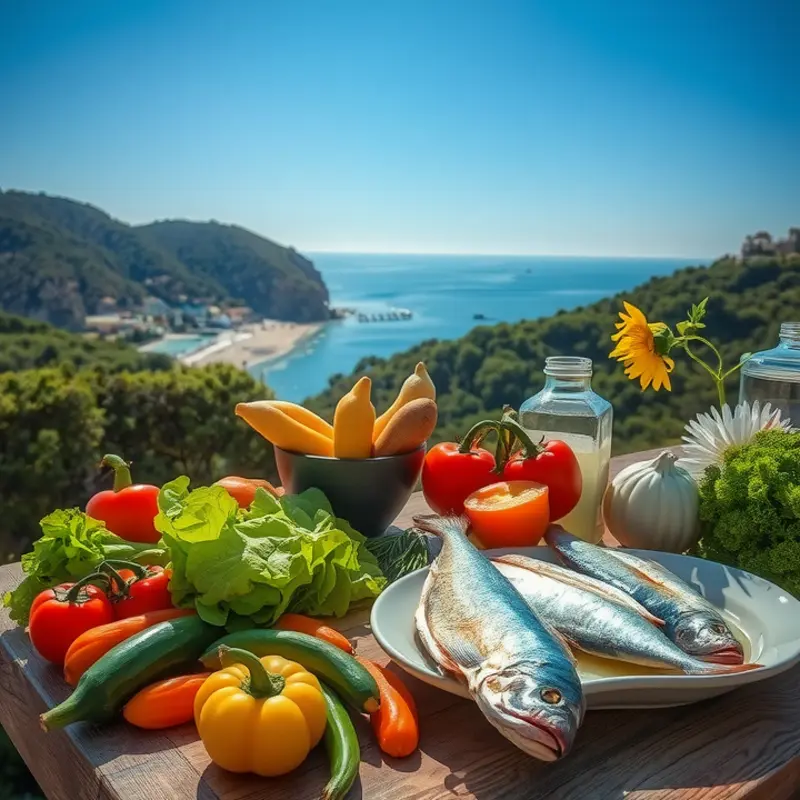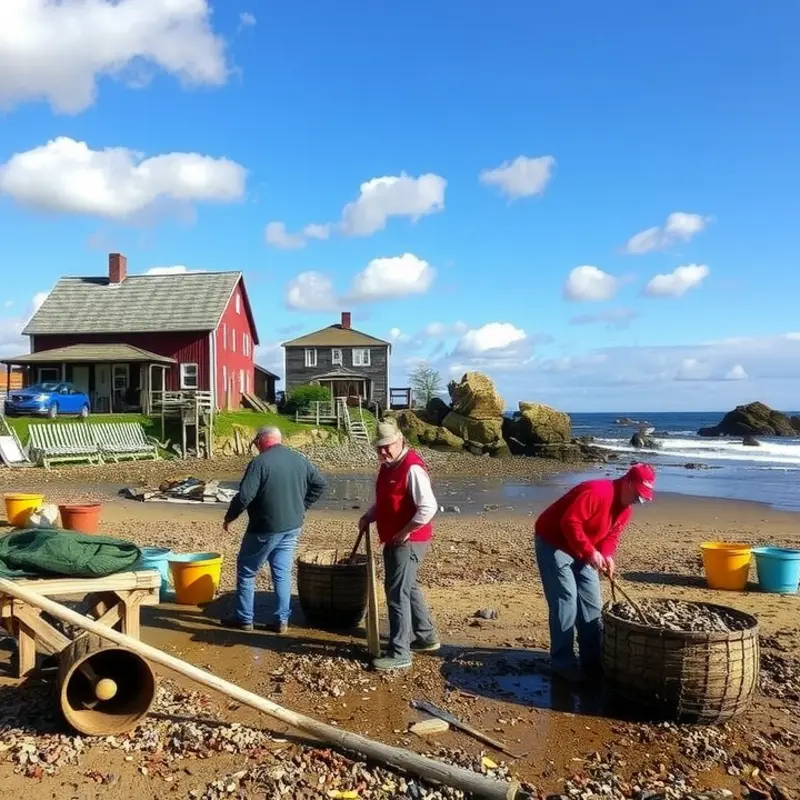Coastal regions are cradles of unique culinary heritage, where the ocean’s bounty meets the warmth of local traditions. From vibrant fishing villages to bustling port cities, iconic soups embody the soul of these cultures, offering a glimpse into their history and flavors. Join this culinary exploration of coastal soups that not only warm the body but also tell stories of community, tradition, and the art of cooking with fresh, local ingredients.
Bouillabaisse: A Provencal Treasure

Bouillabaisse is a culinary hallmark of Provence, evoking the scent of the Mediterranean Sea. Its roots trace back to the ancient Phoenicians who once inhabited this region, making it a dish with deep historical ties. Originally crafted by fishermen using their unsold catch of the day, Bouillabaisse thrived as a sustenance meal before it became a gourmand’s delight.
The defining ingredients of Bouillabaisse are a testament to its coastal heritage. An authentic Bouillabaisse will feature a selection of local fish varieties like rascasse, sea robin, and European conger. Each fish contributes a unique flavor, creating a symphony of tastes that embody the sea. The addition of shellfish such as mussels or crabs can provide a rich depth to the broth.
At the heart of Bouillabaisse’s complex flavor profile lies the magical spice, saffron. Saffron imparts a golden hue and a delicate, aromatic essence. It’s essential not only for its color but for the subtle flavor that balances the oceanic notes of the fish. Saffron’s presence signifies the uniqueness of this dish as a culinary treasure, grounding it firmly in the Provencal tradition.
Creating an authentic Bouillabaisse involves more than just ingredients; it’s about the process. The preparation starts with a broth of simmered fish bones, accented with onions, leeks, tomatoes, and herbs like parsley and thyme. An occasional splash of pastis can be added to elevate the flavors, enriching the broth with an aniseed depth.
One does not simply consume Bouillabaisse; it’s an experience. Traditionally, the broth is served first accompanied by rouille, a garlicky saffron sauce thickened with breadcrumbs, spread on toast. The fish and shellfish follow, served separately, allowing diners to savor each meticulously crafted element.
Bouillabaisse isn’t merely a dish but rather a cultural expression. It holds a prominent place in Provencal celebrations and family gatherings, symbolizing hospitality and communal sharing. Its preparation often involves multiple hands, reflecting the community spirit of Provence. This communal aspect could be compared to other global food traditions that have shaped culinary cultures, for instance, as discussed here.
In every steaming pot of Bouillabaisse lies a story of the Mediterranean. The blend of spices, the choice of fish, and the time-honored traditions all combine to breathe life into its storied past. Whether enjoyed on a breezy coastal terrace of Marseille or recreated in home kitchens worldwide, this Provencal treasure remains a timeless feast for the senses.
Clam Chowder: A New England Classic

The shores of New England are not only picturesque but also the birthplace of culinary legends. One such legend is the New England Clam Chowder, a rich, comforting soup that has tied itself to the identity of American coastal cuisine. The origins of this chowder trace back to the influx of British and French settlers. They brought with them a taste for hearty meals that could sustain them through harsh winters. New England clam chowder, traditionally made with milk or cream, is thickened with potatoes, flavored with salty pork or bacon, and of course, abundant clams.
This dish’s creamy texture and hearty ingredients make it a staple at coastal diners and upscale restaurants alike. Yet, variations such as the Manhattan clam chowder stir vibrant debate. Manhattan style opts for a tomato-based broth, veering away from the lush creaminess of its New England counterpart. While both styles celebrate the clam, their differences highlight regional preferences and a rich cultural tapestry.
Clam diggers have long been vital to this tradition, supplying the main ingredient that forms this dish’s soul. Coastal communities from Massachusetts to Maine embrace clam digging as both livelihood and recreational activity. This connection to the sea sits at the heart of chowder’s provenance.
To create a quintessential New England clam chowder at home, start with fresh clams. They can be steamed until the shells open, then removed and chopped. Use their liquor to infuse the broth with the sea’s essence. To maximize flavor, fry diced bacon until crispy and set aside, using the drippings to sauté onions and celery until translucent. Add in flour for thickening, and gradually whisk in clam juice and cream. Potatoes are a must, and as they simmer, their starches will help with thickening. Finally, add the clams, season with salt, pepper, and thyme, and finish with a garnish of crispy bacon and parsley.
Preserving the essence of the ocean requires not only culinary skill but also mindful storage practices. For those interested in storing their soup for future enjoyment, exploring eco-smart kitchen storage can be beneficial. This way, every clam chowder meal becomes a sustainable tale, respecting the ingredients and reducing waste.
In crafting this chowder, it is not just about following a recipe; it is about engaging with history and savoring the flavors that define coastal living. As chowder pots continue bubbling in rustic kitchens and seaside eateries, the debate over styles and preferences ensures this soup remains ever-vibrant and cherished across tables and generations.
Final words
From the sun-drenched shores of Provence to the clam-filled bays of New England, coastal soups are more than just dishes; they are cultural artifacts that capture the essence of their surroundings. Each bowl tells a story of the sea and the communities that thrive alongside it. Embracing these iconic soups allows food enthusiasts and culturally curious readers alike to connect deeply with the history and heritage embedded in every sip. These recipes invite you to bring a taste of the coast to your own kitchen, celebrating ingredients and traditions that have stood the test of time.








